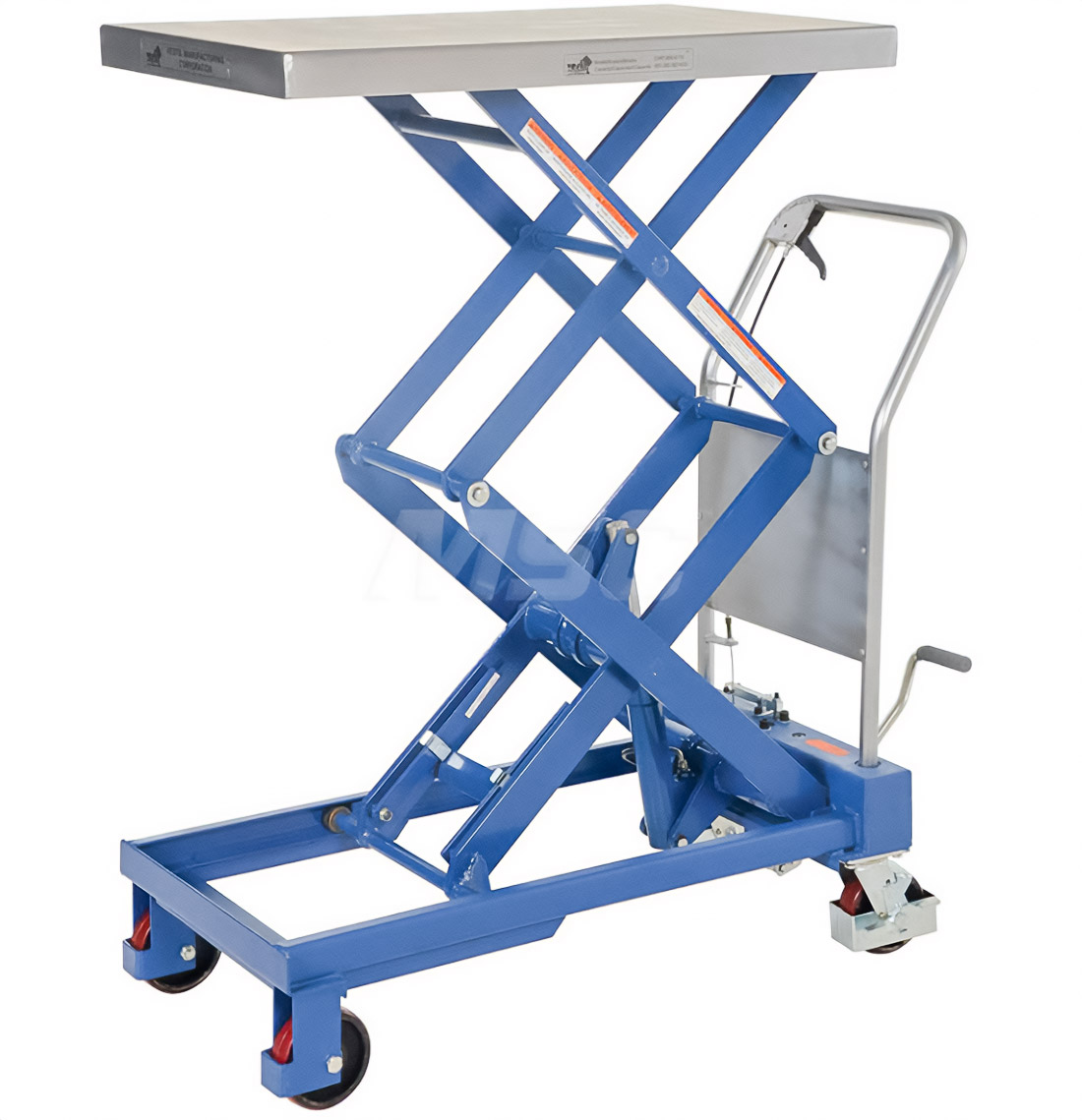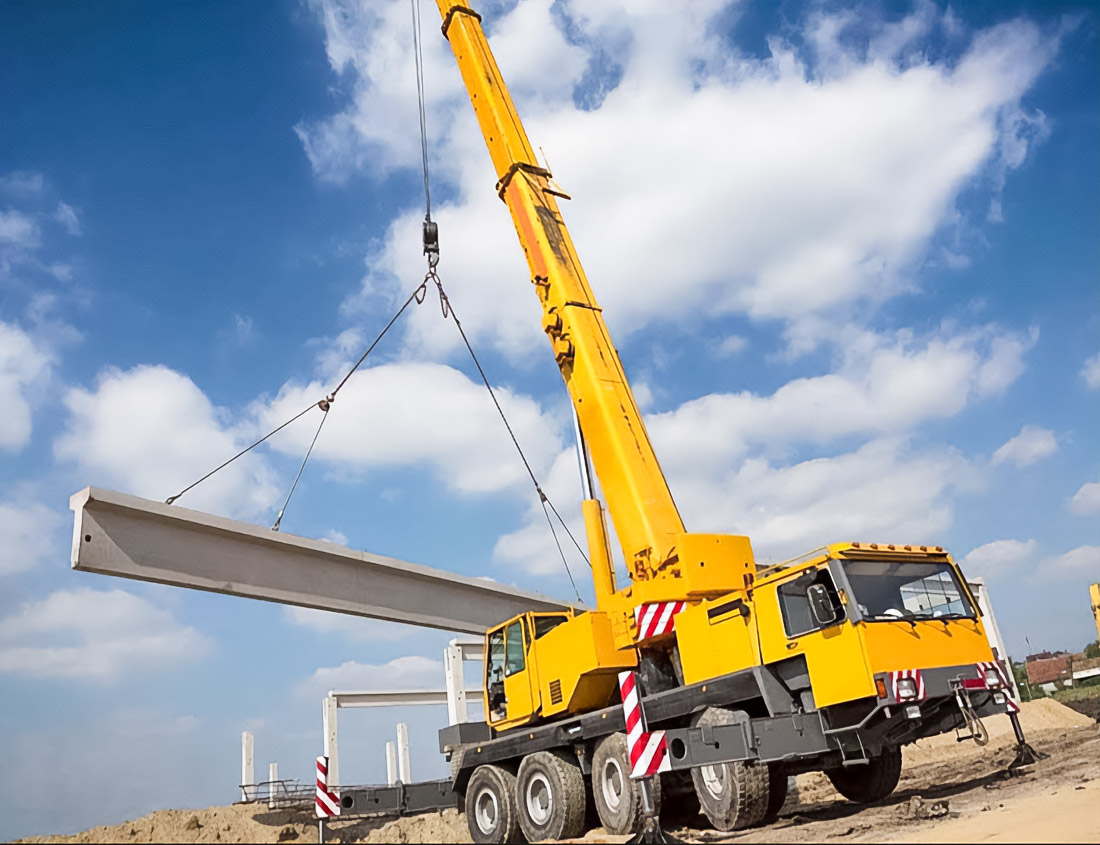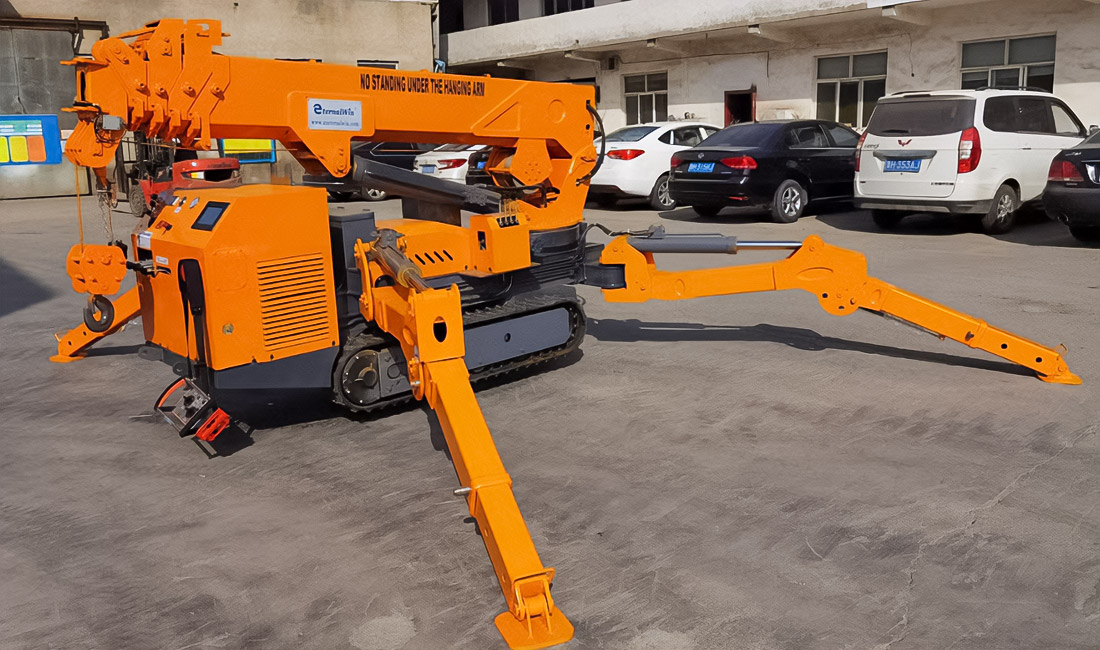In the conditions of rapidly growing megaprojects in the construction industry, the importance of a competently organized crane fleet becomes undeniable. Projects of such scale, like grand skyscrapers or large infrastructure structures, require significant investments and competent resource management. As essential pieces of machinery, cranes are essential to the execution of such large-scale projects. Aspects of crane fleet optimization will be covered in detail in this article, along with an analysis of current issues and trends and helpful suggestions for successful application. Learn more about this through crane services in Dubai.
Why Efficiency has Key Importance?

Megaprojects today are becoming more complex and in demand. They imply the integration of various technologies and resources. The importance of skillful crane fleet management cannot be underestimated. If cranes are lacking, the project faces delays, increased timelines, and costs. However, an excessive amount of equipment leads to irrational expenses. The balance between operation and redundancy is the foundation of success.
Strategies and Challenges of Modernity

Numerous techniques for maximizing crane use are offered by contemporary technologies. The utilization of real-time data for resource management and monitoring has emerged as one of the major trends. Even with contemporary tools, issues persist. Among these are the necessity of peak forecasting, skillful resource allocation, project participant interaction, and management system synergy. More about synergy can be read on Britannica.
Economics and Logistics: Success Factors

Meaningful planning is essential to crane operation’s economic efficiency. Here, it’s critical to take into account potential downtime losses in addition to leasing and operating costs. Cranes are transported to locations, installed, and disassembled as part of logistics. More about digitization can be read on Statista.
Successful Cases in Action
Among examples of successful optimization is the construction of The Shard in London, where a modular approach was applied, allowing to minimize time and number of cranes. In the construction of a bridge in Hong Kong, an automated management system was used to operate efficiently in a limited space.
Technologies of the Future: IoT and AI on the Construction Site
Modern technologies, such as IoT and AI, open endless horizons for crane fleet management. IoT provides the ability to track the condition and location of equipment in real-time. AI, in turn, offers data analysis for predicting equipment needs. These innovations contribute not only to the optimization of use but also to reducing risks of accidents or downtime.
Recommendations for Balancing
- Extensive use of real-time monitoring systems: this approach will help quickly respond to changes and minimize downtime.
- Use of predictive analytics: will help ensure accurate planning and prediction of peak loads.
- Integration of the latest technological achievements: IoT and AI should become an integral part.
- Preparation and training of the team: annual training and skill enhancement for the implementation of new technologies.
Overcoming Risks and Protection from Unforeseen Circumstances
Risks including technical malfunctions, inaccurate forecasts, and challenges with project participant contact are all part of optimizing the crane fleet. It is crucial to maintain backup capabilities and carry out routine audits in order to mitigate these risks. Building a culture of safety in the workplace is equally important.
Future Research: Looking Ahead
Future studies will focus on creating the best management models and incorporating cutting-edge technologies. Crane operation will be significantly impacted by the advancements in automation and robots. Furthermore, the direction of developing global guidelines and standards is still pertinent. Learn more about future prospects on ResearchGate.
The integration of cutting-edge technology and methods is necessary for the optimisation of the crane fleet in the context of megaprojects. The effective completion of ambitious projects is made possible by this, which not only increases efficiency and lowers costs but also reduces the possibility of delays and accidents.

Skier, shiba-inu lover, band member, Mad Men fan and independent Art Director. Operating at the fulcrum of design and mathematics to craft experiences that go beyond design. I prefer clear logic to decoration.









